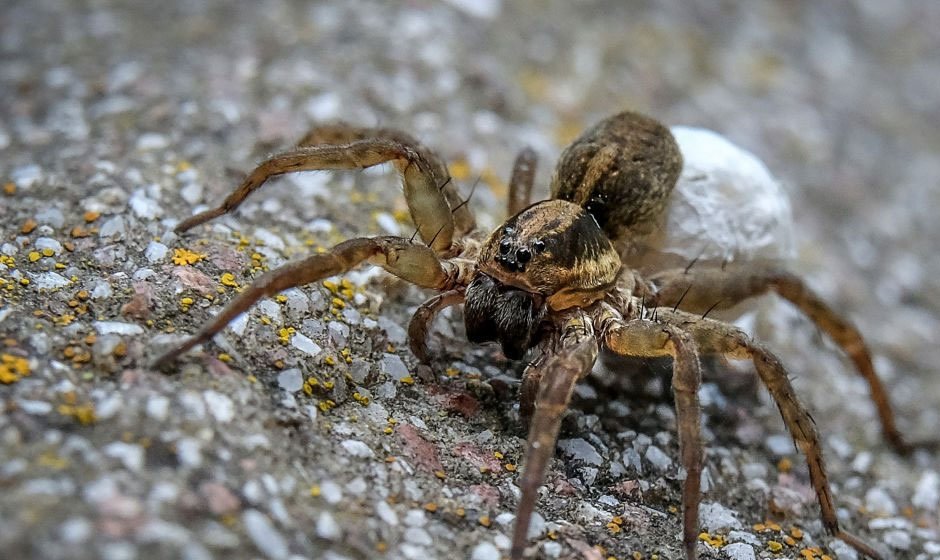Are you constantly battling with your furry friend over the thermostat? Discover the optimal house temperatures for your dogs, cats, and other beloved pets.
How Does Your Home’s Indoor Temperature Affect Your Pets?
While there are guidelines for maintaining comfortable indoor temperatures for humans during winter or summer, it’s equally important to consider the well-being of our furry companions. Dogs, cats, reptiles, birds, and other pets have their own temperature regulation mechanisms, but they still have their limits. Read on to find out the best house temperature for your pets.
Best House Temperatures for Dogs
During the summer, indoor temperatures between 75°F and 78°F are recommended for dogs. When you leave the house, never set the thermostat higher than 82°F, and always ensure your dog has access to fresh water. Dogs with thick coats will appreciate a cool tile or cement floor.
In winter, a temperature range of 68°F to 72°F will keep both you and your dog comfortable. Avoid setting the thermostat lower than 60°F when you’re away. Consider providing warm bedding or an extra blanket on the couch for puppies, older dogs, small short-haired breeds, and dogs with health issues. Keep the blinds or curtains open so they can bask in their favorite sunny spot.
Best House Temperatures for Cats
Cats can tolerate slightly warmer indoor temperatures, ranging from 86°F to 88°F. While this may be uncomfortably warm for humans, it is suitable for cats, especially when you’re away at work all day. Make sure your cat has access to fresh water. During winter, avoid setting the thermostat below 70°F, as temperatures below this can make it difficult for cats to maintain their natural body temperature.
For older cats, kittens, and hairless or short-haired breeds, it’s worth investing in a pet-specific heating pad. Avoid using human heating pads, as they pose a risk of electrocution. Instead, opt for a heated cat bed designed for pets.
Best House Temperatures for Birds
Most pet birds are tropical and cannot tolerate low indoor temperatures. If a bird feels cold, it will fluff its feathers, tuck its beak under a wing, and sit down on its legs to keep warm. Maintaining indoor temperatures between 65°F and 85°F year-round is ideal for your feathered friends.
Birds will eat more in the winter to maintain their body temperature, so ensure they have plenty of food at all times. They will also appreciate having a blanket draped over their cage at night.
Best House Temperatures for Fish
For tropical fish, the water temperature in the tank should be maintained between 76°F and 80°F as they are sensitive to even slight temperature changes. Even if your home’s thermostat is set to 78°F during the summer, you may still need a heater in the fish tank to maintain a consistent temperature.
Best House Temperatures for Exotic Pets
Small Mammals
According to the University of Miami Department of Biology, domestic rabbits cannot handle temperatures above 78°F. So, if you have a pet rabbit, avoid turning up the thermostat while you’re away in the summer. On the other hand, rabbits can tolerate cooler temperatures, so feel free to lower the thermostat in winter. Hamsters and gerbils cannot tolerate temperatures below 65°F or above 75°F.
Tortoises and Aquatic Turtles
Land-based turtles (tortoises) require a range of temperatures in their habitat, from a low of 65°F up to the 70s or 80s°F during the day. They also need a “hot zone” where they can bask in temperatures ranging from 100°F to 105°F. Aquatic turtles need a constant water temperature between 75°F and 86°F, which means a water heater is necessary, even in the summer.
Snakes and Iguanas
Reptiles such as snakes and iguanas thrive in enclosures with temperatures between 70°F and 85°F. Most of them require a basking area, typically created with a heat lamp or radiant heat panel, where they can soak up warmth for a few hours each day.
Remember, understanding and providing the appropriate indoor temperature for your pets will contribute to their comfort and well-being.


